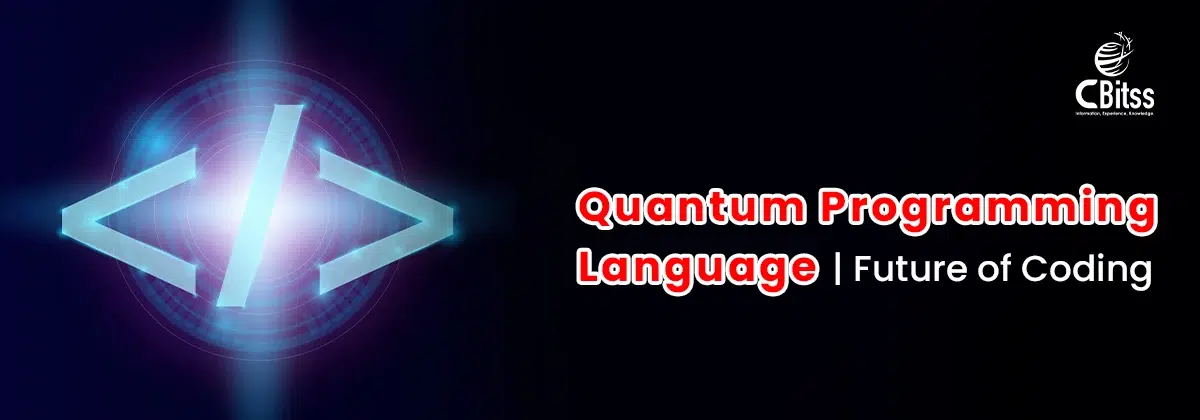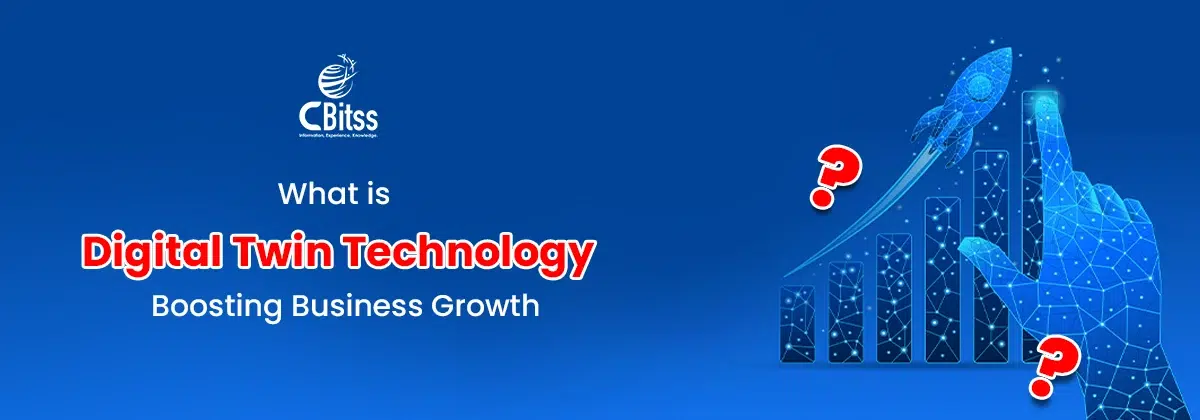Table of Contents
ToggleIntroduction
We are using technology in our daily lives as if it were always this readily available, and this includes how Python used in data analyst roles and other tech fields. But we all know this was not the case a few decades ago. All of this innovation just started to bloom around 2 decades ago when the internet became widely spread throughout the world. Until then, only a select few had access to such technologies. But today, every person who owns a smartphone has access to the latest technologies at their fingertips. Moreover, it doesn’t matter how or why they use this technology, as long as they are not causing any harm to society, they are not considered a threat on the internet. But have you ever wondered where all these apps and software with complex mechanisms are springing from?
Today, every smartphone owner has access to the latest tech at their fingertips. Moreover, modern businesses rely heavily on data to make smarter decisions and create apps or software tailored to user needs. Companies analyze massive datasets to understand customer behavior and build products that meet market demand. Python for data analysis has become a leading tool enabling this transformation.
Not only that, Python has become the go-to language for data analysis, data science, and machine learning. Its simplicity, scalability, and strong community support make it a top choice in tech fields ranging from analytics to AI-driven development. Additionally, Python is considered a foundation skill in most web development courses in Chandigarh because of its real-world applications.
Today, let’s explore how Python is used in Data Analytics and why it remains essential in shaping future industries.
Why Python for Data Analytics?
Python’s popularity continues to grow rapidly. According to experts, its versatility and ability to handle large-scale data make it ideal for analytics. As highlighted in Why Python is popular, the language is not only beginner-friendly but also powerful for advanced analytics and automation tasks.
Businesses use Python to:
- Optimize processes through real-time data insights
- Predict future market trends
- Integrate AI and ML models for smart decision-making
With the rise of AI-driven tools transforming industries (AI impact on industries), Python stands at the core of this technological shift.
How do people use Python for Data Analytics?
Data analytics is crucial for any business. By analyzing structured and unstructured data, companies identify customer demands, optimize operations, and stay ahead of competitors. Here’s how Python contributes:
Let’s discover how Python is used in Data analysis
- Data Manipulation and Cleaning: Python has a whole list of libraries that allow it to filter, sort, and reshape the data according to the needs of the user.
- Data Analysis: Python’s multiple libraries, like SciPy and NumPy, provide the user with a range of mathematical solutions.
- Data Visualization: Other visualization libraries like Seaborn and Matplotlib are amazing for the visualization of data. They help in making the data much more visually appealing for the user.
- Machine Learning: PyTorch and TensorFlow are great for building and training Machine learning models. You can later use these models for data classification and clustering.
- Exploratory Data Analysis (EDA): Different libraries in Python let the user use EDA by generating data statistics and proper visualisation of data.
- Data Mining: Extracting valuable data insights becomes easy with Python.
- Big Data Analytics: Python lets you distribute large datasets into smaller clusters so that it becomes easier to analyse all the data with increased efficiency. In recent years, analysts have also been exploring differences between data science and analytics (Data science vs analytics) to select the right approach for projects.
- Interactive Notebooks: To make it simpler to document and share studies, Jupyter Notebooks offers an interactive environment for integrating code, graphics, and explanations.
All these techniques are what make Python a top choice for learners in every leading data analyst institute. These institutes prioritize Python because of its real-world applicability, simplicity, and open-source advantages.
These are how Python is used in Data Analytics. Python’s libraries are vast and can contribute a lot to a user when they are analysing huge amounts of data.
Gain hands-on experience using Python for data cleaning, visualization, and statistical analysis.
Role of Python in Modern Development
Python’s application isn’t limited to analytics. It also powers various modern solutions:
- Web Applications: Widely used in back-end development, forming a foundation in web development courses in Chandigarh.
- Mobile Applications: With growing mobile app trends for Android, Python is often paired with frameworks for cross-platform app development.
- Training Programs: An Android app development course often includes Python basics for creating smart, data-driven applications.
Conclusion
In conclusion, Python offers a vast array of applications for data analytics, making it one of the most trusted and in-demand tools globally. Its adaptability across web, mobile, and AI-powered systems ensures it remains future-proof for data professionals.
If you want to master Python and learn real-world applications, CBitss offers comprehensive Python training in Chandigarh, teaching you everything from fundamentals to advanced analytics techniques. Call us or visit our website to enroll today.
Understand how Python simplifies data workflows through NumPy, Pandas, and Matplotlib tools.
FAQs
What are data analytics?
However, Data analytics is the process of cleaning and filtering a large amount of data to extract insights from it.
Can I learn data analytics after college?
Yes, of course, data analytics is a highly in-demand service, and you will get a certificate of excellence after you complete your course.
Will this course help me in my career?
Yes, Python programming fundamentals and Data analytics are both very much in demand in the market. Moreover, you will be able to find a job for yourself.
What is the duration of the data analytics course?
The duration of the data analytics course is around 1-2 months. However, you can call us and get the whole detail and curriculum.
Is there an age restriction in the data analytics course?
No, the only thing required for the course is a knowledge of some basic software and terminology.

Sukhamrit Kaur
Sukhamrit Kaur is an SEO writer who loves simplifying complex topics. She has helped companies like Data World, DataCamp, and Rask AI create engaging and informative content for their audiences. You can connect with her on LinkedIn.







